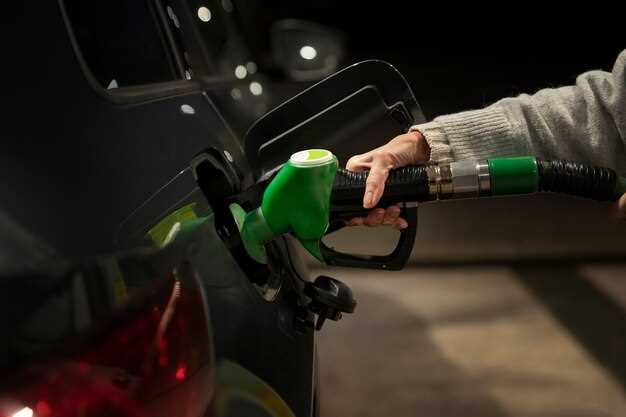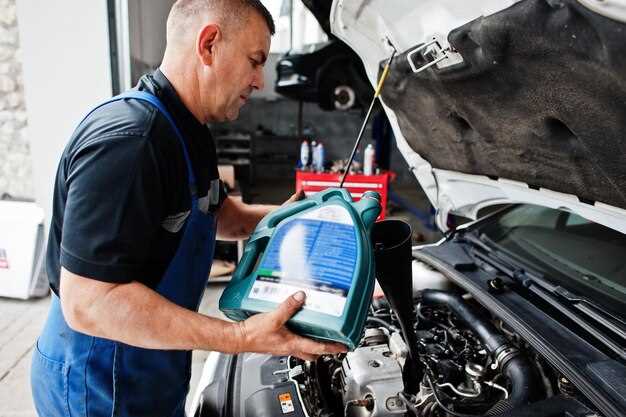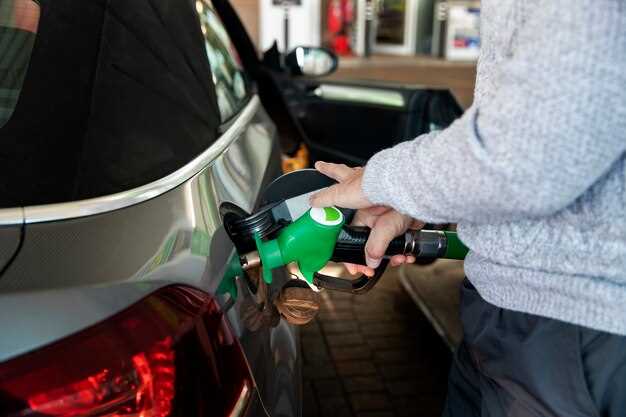
In today’s world of rising fuel costs and increasing environmental concerns, optimizing your vehicle’s fuel system has never been more crucial. A well-tuned fuel system not only enhances engine performance but also contributes to better fuel economy and reduced emissions. Understanding the intricacies of fuel delivery, combustion efficiency, and the impact of various tuning methods can significantly influence your vehicle’s overall efficiency.
Achieving maximum efficiency involves a comprehensive approach to tuning your fuel system. This includes adjusting fuel injectors, recalibrating the fuel pump, and fine-tuning the air-fuel ratio. Each component plays a vital role in ensuring that your engine receives the optimal blend of fuel and air, which is essential for achieving the highest levels of performance and efficiency.
Moreover, advancements in technology have provided vehicle owners with tools and resources to customize their fuel systems effectively. From electronic control units (ECUs) to aftermarket fuel management systems, the options available today allow for precise adjustments tailored to specific driving habits and conditions. In this article, we will explore the key factors involved in tuning your fuel system, offering practical tips and insights that can help you unlock the full potential of your vehicle while promoting sustainability.
Optimizing Fuel Injection Timing for Better Performance

Fuel injection timing plays a crucial role in the overall performance and efficiency of an engine. By adjusting the timing of fuel delivery to the combustion chamber, you can enhance power output, improve fuel economy, and reduce emissions.
Understanding Injection Timing
Injection timing refers to the precise moment at which fuel is injected into the combustion chamber relative to the position of the piston. Optimal timing ensures that fuel is vaporized effectively and mixed with air for complete combustion. Two primary aspects of injection timing are start of injection (SOI) and end of injection (EOI).
Factors Influencing Injection Timing
Several factors determine the ideal fuel injection timing, including engine speed, load, and temperature. At lower RPMs, a delayed injection can promote better mixing, while at higher RPMs, an earlier injection helps to maximize power and reduce emissions.
Tuning Techniques
To achieve optimal fuel injection timing, consider the following techniques:
- Dyno Tuning: Utilizing a dynamometer allows for real-time adjustments while monitoring engine performance. This method provides precise data to identify the best injection timing for various conditions.
- ECU Remapping: Reprogramming the engine control unit (ECU) can enhance fuel delivery strategies. Advanced mapping allows for adjustments to SOI and EOI based on various operating conditions.
- Monitoring Sensors: Integrating high-quality sensors to monitor engine parameters helps in fine-tuning injection timing. Parameters such as temperature, pressure, and knock detection are essential for optimizing performance.
Testing and Validation
After adjustments, it’s vital to conduct thorough testing. Evaluate engine response, fuel consumption, and emissions to ensure that the new timing settings deliver the desired improvements. Iterative testing allows for further refinements, ensuring that engine performance aligns with desired outcomes.
In conclusion, optimizing fuel injection timing is a multifaceted process that requires careful consideration of engine dynamics and conditions. By implementing effective tuning techniques and validating results through testing, you can significantly enhance engine performance and efficiency.
Choosing the Right Fuel Type for Your Engine
Selecting the appropriate fuel type for your engine is crucial for maximizing performance and efficiency. Different engines are designed to operate with specific fuel characteristics, and using the wrong type can lead to decreased performance, increased emissions, and potential engine damage.
Gasoline is the most common fuel type for standard internal combustion engines. It provides good energy output and is widely available. Regular gasoline has an octane rating that affects engine performance; higher octane fuels are suitable for high-performance engines designed to withstand increased compression ratios. Always consult your owner’s manual to determine the recommended octane level.
Diesel fuel is another popular option, particularly for trucks and heavy machinery. Diesel engines are designed to compress air and inject fuel, leading to more efficient combustion. Choose high-quality diesel fuel to ensure optimal performance and minimize soot or residue build-up in the engine.
Biofuels, such as biodiesel and ethanol, offer alternative options that can reduce reliance on fossil fuels. Biodiesel can be used in many diesel engines with little or no modification. Ethanol, often blended with gasoline (like E10 or E85), can boost octane levels and reduce emissions; however, not all vehicles are designed to run on high ethanol blends, so check compatibility.
Performance fuels are also available and may include additives to enhance engine performance. These fuels can provide increased horsepower and better throttle response. When considering performance fuel, ensure that the benefits justify the additional cost and that it’s compatible with your engine.
Finally, consider engine modifications that may require adjustments in fuel type. Turbochargers, superchargers, or tuning may demand higher-octane fuels or specific mixtures for optimal operation. Always assess any upgrades or modifications with respect to fuel requirements.
In conclusion, choosing the right fuel type for your engine involves understanding its specific requirements, your driving conditions, and the potential benefits of alternative fuels. Proper fuel choice can significantly influence your engine’s efficiency, longevity, and overall performance.
Adjusting Air-Fuel Ratios for Enhanced Combustion

Optimizing the air-fuel ratio is crucial for improving engine efficiency and performance. The ideal air-fuel ratio varies depending on the engine type and operating conditions, but a common target for gasoline engines is around 14.7:1. This ratio ensures complete combustion, minimizing unburned fuel and maximizing power output.
To adjust the air-fuel ratio, several methods can be employed. One of the most effective ways is through the use of engine management systems. These systems can dynamically alter fuel delivery based on real-time data from various sensors, including oxygen sensors, airflow meters, and throttle position sensors.
Incorporating a wideband oxygen sensor can provide precise feedback on the combustion process. Unlike narrowband sensors, wideband sensors can measure a broader range of air-fuel ratios, enabling finer adjustments. This helps in tuning the engine for optimal performance across different conditions.
Additionally, considering the fuel type is essential. Different fuels can have varying stoichiometric ratios, and knowing the properties of the fuel being used allows for better adjustments. For instance, ethanol has a lower stoichiometric ratio than gasoline, so the air-fuel mixture should be adjusted accordingly when using flex-fuel vehicles.
Monitoring exhaust gases is another critical aspect of tuning the air-fuel ratio. Using an exhaust gas analyzer can identify excess emissions that indicate improper combustion. High levels of carbon monoxide and hydrocarbons often signal a rich mixture, while increased nitrogen oxides suggest a lean mixture. Analyzing these gases helps guide adjustments for enhanced combustion efficiency.
Finally, regular maintenance of the fuel system components, such as injectors and filters, is vital in achieving and maintaining the optimal air-fuel ratio. Clogged injectors or filters can disrupt the fuel delivery, leading to imbalanced mixtures and reduced efficiency. Regular inspections help ensure that the system operates at peak performance.


